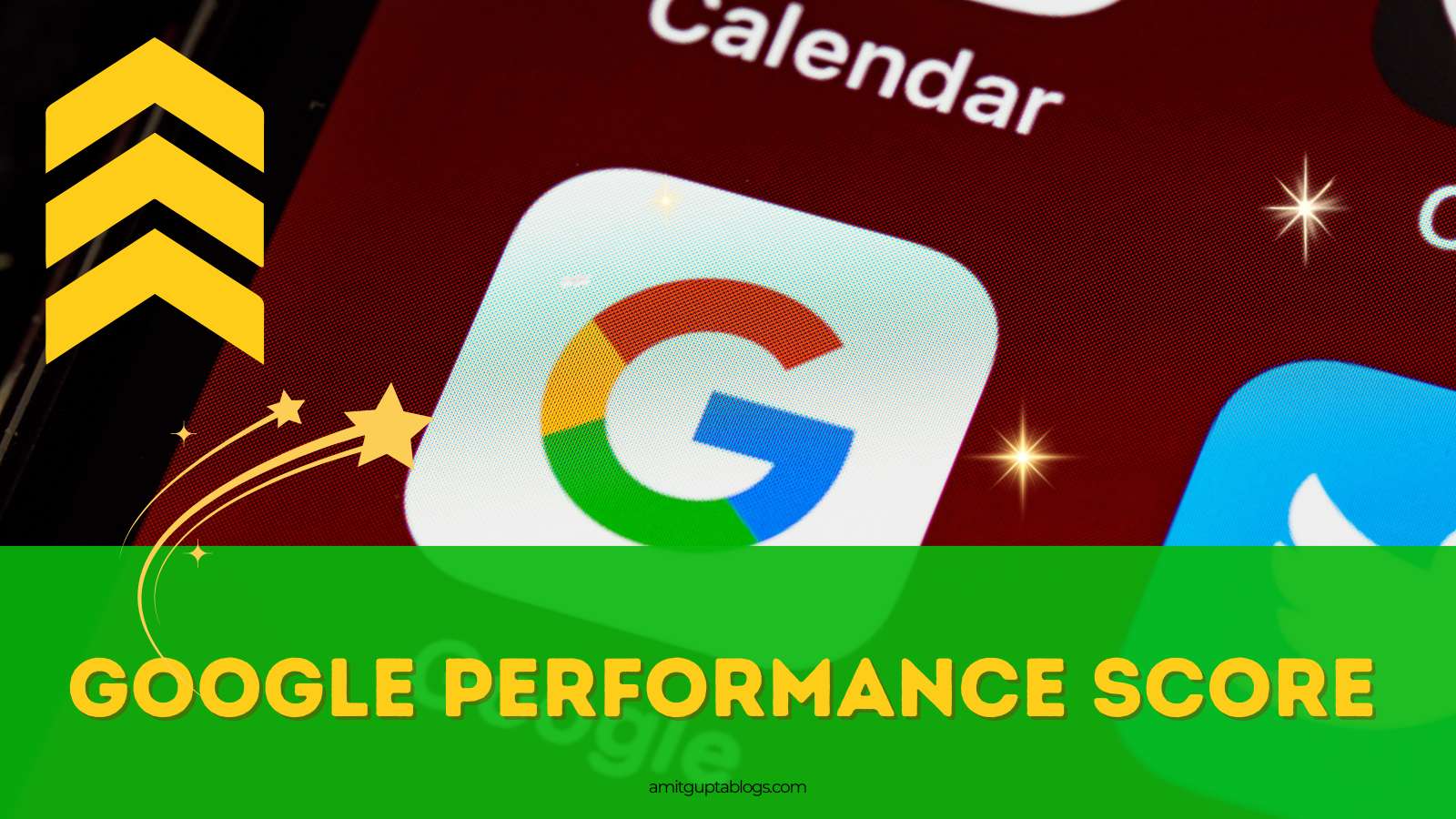Google Performance Score is a measure provided by tools like Google Lighthouse and PageSpeed Insights to evaluate a website’s performance. It quantifies how well a website performs, especially in terms of speed, responsiveness, and user experience. The score is a number between 0 and 100, with higher scores indicating better performance.
Table of Contents
Key Aspects of Google Performance Score
- Performance Metrics Evaluated
- Score Categories
- Factors Affecting the Score
- Importance of Performance Score
- How to Measure the Score
- Improvement Tips
Performance Metrics Evaluated
Google calculates the performance score using several Core Web Vitals and other metrics:
- First Contentful Paint (FCP): Measures how quickly the first piece of content is rendered.
- Largest Contentful Paint (LCP): Measures the loading performance of the largest visible content.
- Cumulative Layout Shift (CLS): Measures visual stability (to avoid content shifts while loading).
- Time to Interactive (TTI): Measures how long it takes for the page to become fully interactive.
- Speed Index: Measures how quickly the visible content is displayed.
- Total Blocking Time (TBT): Measures how much time is blocked by long tasks, impacting interactivity.
Score Categories
- 90–100: Excellent performance.
- 50–89: Needs improvement.
- 0–49: Poor performance.
Factors Affecting the Score
- Page Load Speed: Slow-loading pages result in lower scores.
- Server Response Time: Slow servers reduce performance.
- Image Optimisation: Unoptimised images increase loading time.
- JavaScript & CSS Optimisation: Unused or excessive scripts and stylesheets can negatively impact the score.
- Mobile-Friendliness: A lack of responsiveness on mobile devices leads to lower scores.
Importance of Performance Score
- User Experience: Faster, more responsive websites provide a better user experience.
- SEO Benefits: Higher scores can lead to better rankings in Google’s search results.
- Conversion Rates: Well-performing websites have higher engagement and conversions.
How to Measure the Score
- Google Lighthouse: Open Chrome DevTools, navigate to the “Lighthouse” tab, and run an audit.
- PageSpeed Insights: Enter your website URL into “PageSpeed Insights” for a detailed analysis and score.
Improvement Tips
- Use modern image formats like WebP.
- Minimise and compress CSS, JavaScript, and HTML files.
- Enable browser caching.
- Use a Content Delivery Network (CDN).
- Optimise your server’s response time.
- Reduce the number of render-blocking resources.
Why is the Score Important?
A high Google Performance Score indicates that your site is optimised for speed and usability, which helps retain visitors, improve SEO rankings, and boost conversions.
You may also like to read:

